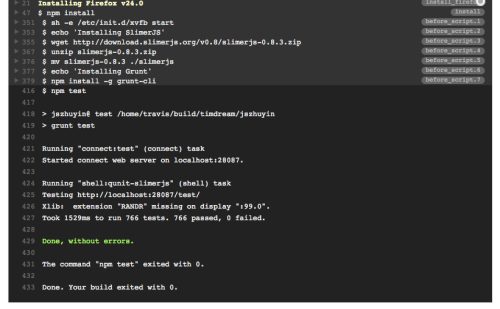I don’t remember I have ever go to the cinema for a Bollywood movie, but I am glad I enjoyed it very much when I did this for the first time.
The movie remind me of the ESL classes I took. The frustration of not being able to express thoughts in English efficiently echoes the wider range of non-English speaking audiences, evidently by the success of the movie in these traditionally non-Bollywood markets, including Taiwan.
Compare to India, the English-speaking culture is different in Taiwan. English is not the working language of the mess, except for some white-collar works in forgiven companies or tech sectors (e.g., Mozilla in Taiwan). There is indeed a tread (or, “debate”) on wider-adoption of English usage in colleges. And of course, English dominance and culture invasion, and so on and so on.
That said, the English-learning students depicted in the movies are very true. If you only speak English and had (or, having) the experience working with people from other cultures, I wholeheartedly recommend you to see the movie. Pay attention to the thoughts and the minds of these the characters. In retrospect, think about the inherent behavior of these people as they went through their life-long journey of working with you in English.
This is the only reason I wrote this post, in English.

